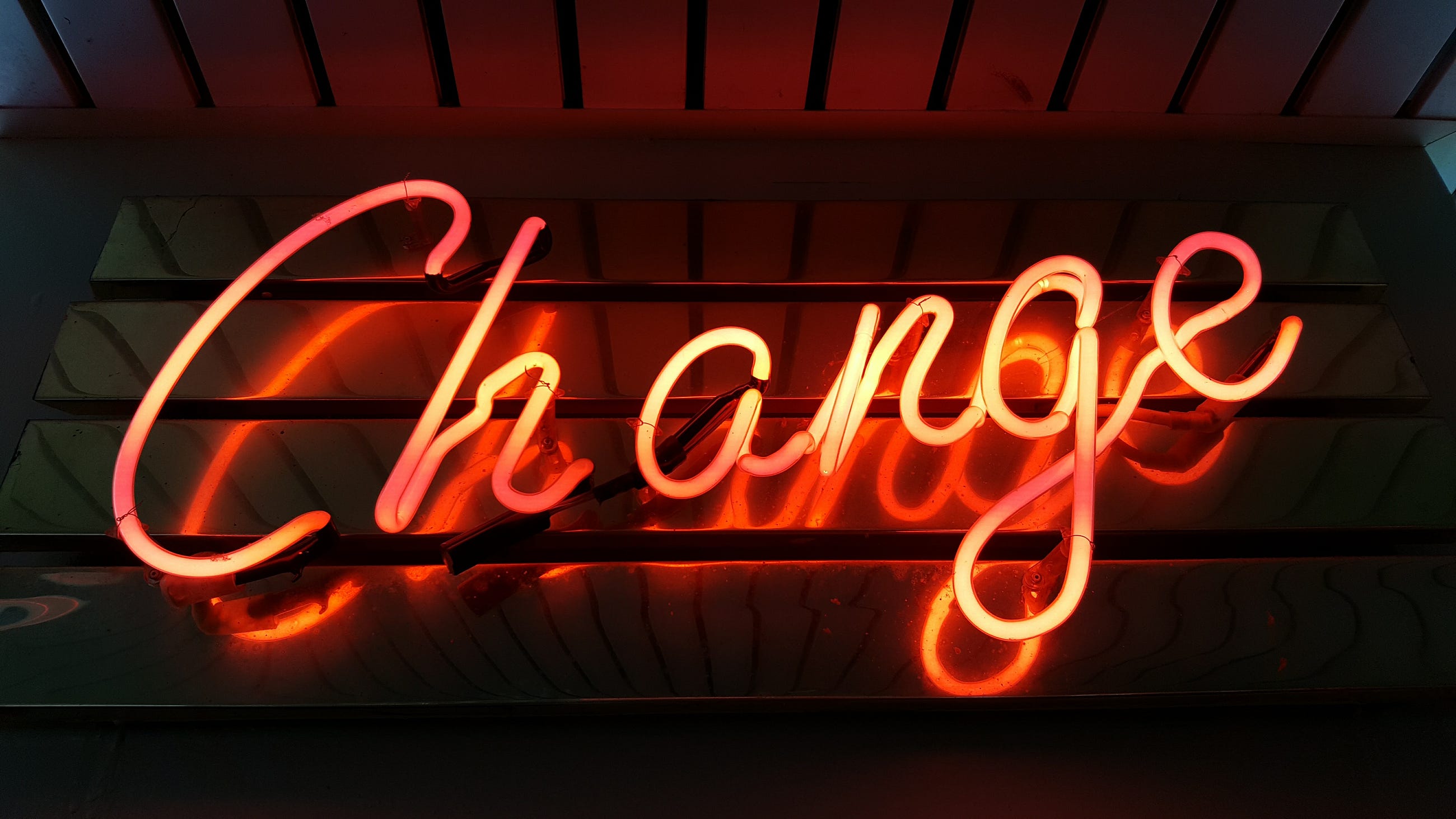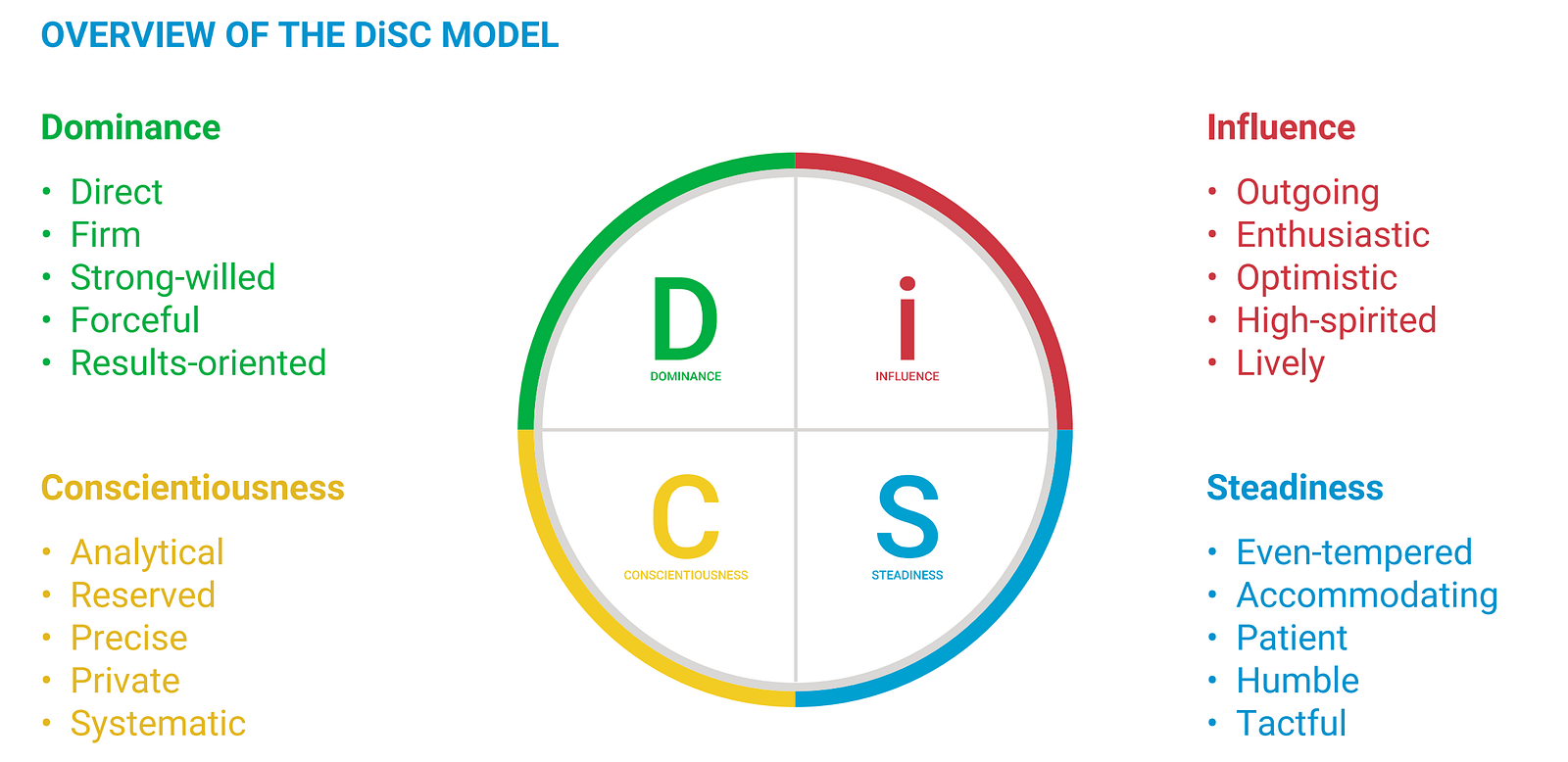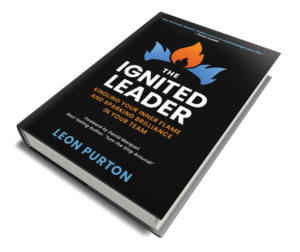Simple and Effective, you can do it too

If you can create a feeling through language, then accompany it with an action in that direction — that is cultural change
At the start of last year, I decided to do more of the things I like doing. To prioritise making time, while doing my core job, to making the workplace a little better for those that give so much of their time to attend and achieve there. So, I decided to embark on a cultural change program to shift the culture from one of mildly resentful attendance to one of fun and productive camaraderie.
At the start of the year, I wrote three things on my whiteboard in my cubicle and set about making it part of my regular job. Those three things were;
- Change the language to change the behaviour
- Change the behaviour to change the culture
- MBWA
In this article, I’ll explain to you what I did, why I think it was successful and where I could have improved a little more.
A little about where I worked
I worked in an organisation that genuinely had some of the best workforce I have ever worked with. This is for a few reasons.
There is a strongly understood ‘why’ — most people can see how they contribute to the end goal. I think this is unusual because five different companies reside in the same building supporting the same customers. To create this, the management of those separate organisations have subscribed to an Enterprise Model. This has created an alignment of purpose at the top.
The workforce are a good mix of highly educated and related life experience. There is a largely complementary workforce and this group is largely assigned to their strengths.
This doesn’t sound like a workplace in need of a cultural change program, not roots and all anyway. However, I could see that these components meant that the organisation to be truly highly effective, productive and efficient. It could also be a fun place to work. That was my mission; not to take a workplace from terrible to good, but more like a place with pockets of good to very good for everyone.
Lastly, I need you to know that I was not employed to do this. I held the role of Deputy Chief Engineer, a mid-level technical manager with two direct reports and three indirect reports. I was not in a position of great influence, but I did have some visibility. Perhaps, more importantly, I had some organisational empathy and some strong relationships. I considered myself a middle-out leader.
Here are the steps I took aimed at elevating the Enterprise to Very Good.
1. Language
I cannot say it enough
the language you normalise is the culture you create
When I walked the floor of my building I noted that there were a lot of grumbles, many people low on energy, and even some people who appeared alone in a crowd. So I decided the first thing I could do, was to start to change the language. I wanted to create leaders at every level of the organisation.
I Intend
I offered to give a presentation on the power of language. It contained two valuable pieces of information. The most important thing I’ve learnt is from David Marquet and ‘I Intend’. There is power in the words you use to communicate a plan of action and pass intent. So, I encouraged people, repeatedly to take psychological ownership of their tasks.
I showed everyone I could this video. David’s book was transformational for me. His message is simple, yet powerful, like all of the best ones.
So, I cannot take the credit for the words and their effect, I was just the mouthpiece. But I made sure I used them as much as I could. I looked to climb the leadership ladder during as many conversations as possible.
High-fives
The next thing I did, was start to change the language and behaviours.
Have a read of these five sentences:
• I should high five more.
• I could high five more.
• I can high five more.
• I’m excited to high five more.
• I’m excited to high five more because it feels good to help people smile.

These simple changes to a sentence have a profound effect. I have created a habit at work because of it. I now give out a lot more high-fives. I normally include this in my morning greetings of everyone in the building.
For instance — everyone, every day gets a “Happy Monday”, then a “Happy Tuesday”, then a “Happy Wednesday”, or “Happy Humpday”. Then a “Happy Thursday”. Every morning I am in the office they get this, it is my favourite greeting, I use it everywhere. Yep — even Happy Monday which often gets some cringes.
These greetings each morning are accompanied by a high-five or a fist-bump (fist bumps for hump day). This is super important because I am saying the word ‘happy’ and asking them to take action in that direction. Who doesn’t smile a little when you hit a crisp high-five. This is leading to changing behaviour, step two.
If you can create a feeling through language, then accompany it with an action — that is cultural change
Every morning, the people in the building grew to expect me to visit their cubicle and exchange high-fives or fist-bumps. Most of them looked forward to it, or at the very least, know that I will be there to talk to. I’ll get back to this at number three on the list — MBWA.
I also started to use different language in delegating work. I always looked to delegate problems (or as one of my mentors said, create and describe complications) and not tasks. Tasks mean that they are working for me, I am the brain and they are the back and hands. Delegating problems to be solved means we get more than one mind working on the problem, theirs and mine.
Leadership Sparks
The very origin of me writing this type of article is in a part of this cultural change program. In my first week at work in 2019, I took it upon myself to start writing Sparks. I started a Leaders at Every Level campaign, aiming to shift peoples mindset from attendance to performance. I wanted as many people in the organisation thinking (and then acting) like they were the leaders of that organisation.
I have now written and distributed, via internal work email, 50 of these Leadership Sparks. Nearly all of them have made it onto Medium and are available through my profile. I have sent them on topics relating to self-awareness, authenticity, productivity, self-development, growth and leadership and many personal reflections on my leadership journey.
At the request of one of the organisational leaders we started a Table Talk meeting, where people of the organisation could come and discuss the topics of this week’s Spark or from previous weeks. These talks were always engaging and often led to another topic to write about.
My motivation for writing these emails and articles was to normalise conversations in my organisation surrounding continuous improvement, self-reflection and personal development. This was fundamental to elevating the mindset of the teams.

2. Behaviours
High-fives, morning smiles and regular emails are one way to change behaviours, but it isn’t going to be enough to change a culture.
How else can you change behaviours? You can have more deep conversations. I wrote about the importance of balancing the tension required of leadership, and used the metaphor of linking hands and spinning in a circle. You do not know how much you can ask of someone until you understand them well enough to know both their capabilities and potential.
To get to know people better, and for them to get to know themselves a little better I facilitated or sourced some self-awareness programs.
Values Conversations
I have written about the importance of this a few times already, but I’ll say it again. This is the most important thing I have done with my teams. I use it for mentoring conversations, I use it for understanding people at a level that many do not normally approach, and I have used it for the teams to understand themselves better.
During one of our training sessions, I gave a presentation on what I had learnt about myself using the Brené Brown’s values worksheet from ‘Dare to Lead’. I then asked everyone to complete the activity and asked a few to share some of their findings. The purpose of the presentation was to convince people that you can take some steps to create an environment around you that gives you energy.
I was surprised to find during a different session surrounding appreciative inquiry, that so many people thought it was the best session they had attended. If you want to know about it have a read of its use for building a great mentor relationship, or where I talk about using it to understand your team and be a great leader.
Using this tool to learn about myself was pivotal in me starting to do more of the things I like to do as I mentioned at the start of the article. I wanted to create the environment that I enjoyed. I learnt that my values were Growth and Connection.

DiSC Workshops
The DiSC Workshop is aimed at exploring how people interact in teams and prioritise solutions to problems. I have conducted the DiSC workshops in two different workplaces both with great success. The language and the behaviour of the groups do change.
I have written about my experience doing the DiSC workshop on two different occasions seven years apart, and what I learnt about myself in the process. But seeing the interaction of the teams of people throughout the workshop and in the office afterwards was so liberating.
There are not many workplaces that you would hear ‘stop being such a D’ or ‘only a C would say that’ and know it to be not only normal but a positive sign of recognising the strengths of the individual and how they complement the team. The DiSC can be completed using free online questionnaires, but the real value is in seeing how people start to interact as the light bulb comes on during a facilitated workshop. If you are running an organisation and want to take your team from pretty good to excellent then a DiSC workshop is a great platform. We used the My Everything DiSC platform with great success.

These two self-awareness conversations have changed the behaviours of the groups of people I work with. Couple this with fostering a happy and productive workplace where the workforce are given problems or complications to solve, not just tasks to complete, and you are graduating to an effective, efficient and happy workplace.
The part that links it all together is the third part of the program, MBWA.I just received my second DiSC profile and feel like a failure
And how to use DiSC to improve team performance, productivity and become a more effective leadermedium.com

3. MBWA — Manage by Wandering Around
A term popularised at Hewlett Packard in the ’70s refers to the style of management where people take unplanned or unscripted trips around the workplace. The habit is aimed at normalising more access and visibility of the management team, and more insight into the things on the workforces mind.
I am not just talking about understanding what is on their mind from a work perspective, although I will get to that shortly, I am talking about understanding what is on their mind! These are people, they have lives and stressors and excitements outside of work. Try and learn these, and let them see some of yours. No need to overshare, but use interesting questions to build relationships. There is so much value in interesting questions. Relationships move at the speed of vulnerability.
Now that you understand the people a little, you can now learn about your organisation. Because without understanding the source of the information, you cannot truly understand their perspective on the good and bad things about your organisation.
You need to gather information on the strengths, but more importantly, the pain points of the organisation, and then identify the right steps to remove or minimise them. It is unusual for people to randomly come up to your office and say, ‘Hey, I was thinking that life would be easier if’. But if you get out of the office cubicle and get to their workspace, then ask them these three questions;
- What is that we currently do that we need to continue doing because it is really important?
- What is that we currently do that we need to stop doing because it doesn’t bring value?
- What is that we are not currently doing that we need to start doing because it will bring value?
As a leader, if you know the answer to these three things from enough of your staff you will begin to understand the things that are working and the things that are not. You then need to block out time to solve those problems.
This is your organisational intelligence gathering. Too often you are outwards focussed, checking results and figures. You need to make sure about a third of your time is inwards focussed. Looking at your team and organisations strengths, weaknesses and inefficiencies. Strive for an excellent team dynamic and the stuff outside the organisation will take care of itself.
One-third of your time on the business, One-third of your time in the business and one-third of your time on yourself.
Of the three activities in this program, this is the glue. Wandering the floor, regularly if not frequently, but with no agenda is vitally important to the culture of your organisation.
I’d often leave anonymous notes on peoples desks acknowledging them on some particular aspect. Even if I didn’t get to speak to them, I was able to let them know that they were being noticed, and what they were doing was important to at least one person. The notes might say “I want to acknowledge your diligence and efforts in supporting the organisation”, or “Your smile is infectious, your energy lifts the room”.
These would be placed on sticky notes and left on monitors or keyboards for people to find. I did not thank them, that is very different to acknowledging. Thanking is gifting some of my praise, acknowledging is letting their efforts shine.
Wandering the floor is the perfect time to acknowledge someone.

What I Learnt
Doing this while doing your ‘day job’ isn’t easy.
It is also hard to find an organisation to employ someone full-time to do this as their day job, but everyone I interacted with took some value from what I was trying to do.
If you see one thing that would really help
During my conversations and interactions, I noticed a general theme of people feeling their efforts went unnoticed or unacknowledged. That they felt largely unappreciated. I knew I could do this one thing that would really help. So I invested effort in correcting this. I was very deliberate, in almost every meeting, to acknowledge the efforts of those who had pulled it together.
As I walked around I made sure that people understood that I could see them contributing and the importance of that contribution.
I knew that if I could achieve just one thing, it would be to make sure they all knew how important they were to me.
Stress changes your volume
This applies outside of change programs. Some people get really loud under stress, others get really quiet. I learnt that I tend to go down and in, I become quieter. My energy drops. I think I need to focus on solving my problems. But in doing this, I have neglected the relationships and team dynamics I have fostered during this program.
As a note, if you notice that peoples volume is changing, maybe you’re stressing them too hard. Some stress is good, but if you do not understand them well enough to know how much stress they carry with them from outside of work, you may push too hard. Changes in volume will help you find them.
Can a change program exist beyond personality?
One of my concerns was that as my energy and effort on this left the organisation, would the dynamic and vibrancy of the organisation persist. I often talk about how ‘will and personality’ can achieve many things, but it will not persist. I hope that I have normalised enough language to have people using my lingo, even without my presence.
This is the importance of Step 1 of the program. If you can change the language, you can change the behaviours. Over time, people will not know the origins of the words, but it has become the norm.
the language you normalise is the culture you create
My challenge for you, and all those members of my organisation that will read this, is to work hard to normalise the new lingo because that is the culture you will live in.
I am a writer with a passion for leadership, growth and personal development. I try and create a spark, a little idea that nests inside and kindles your aspirations.The First Three Things you need to do when you get Promoted to Leadership
Stop, Forget and Deflectmedium.comHow to take the Stress out of Your Decision
Why it isn’t the Right versus Wrong choicemedium.com
